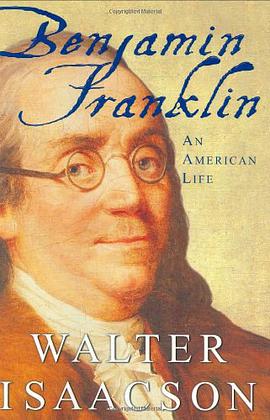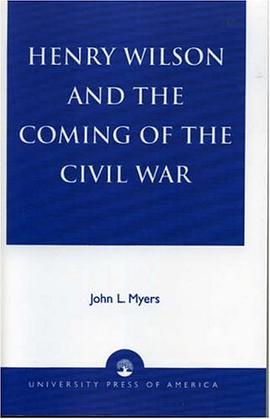

Oxford, Bern, Berlin, Bruxelles, Frankfurt/M., New York, Wien. The novels of Samuel Richardson are the essential topic of this book. Its main aim is to use Bakhtin's definition of polyphony as a way into Richardson's work and, in turn, to provide a basis from which to revise Bakhtin. After tracing the development of psychological realism in the eighteenth-century novel and the growing potential for autonomy in the fictional character in general, the book goes on to examine the potential for polyphony which first emerges in Pamela and reaches its height in Clarissa. Between editions of this momentous novel, Richardson felt compelled to make frantic attempts to control the reader's interpretation of the text. Lovelace - the villain of Clarissa - acquires a degree of autonomy that bears startlingly vivid testimony to the plurality of human identity itself. Sir Charles Grandison, Richardson's last novel, is a vivid retreat from the powerful effect of Lovelace. Contents: The Emergence of Polyphony in 18th Century Fiction - Clarissa: Minor Characters and the Constraints on Polyphony - The Autonomy of Lovelace - Sir Charles Grandison: The Preclusion of Polyphony.
具體描述
讀後感
評分
評分
評分
評分
用戶評價
相關圖書
本站所有內容均為互聯網搜索引擎提供的公開搜索信息,本站不存儲任何數據與內容,任何內容與數據均與本站無關,如有需要請聯繫相關搜索引擎包括但不限於百度,google,bing,sogou 等
© 2025 qciss.net All Rights Reserved. 小哈圖書下載中心 版权所有




















